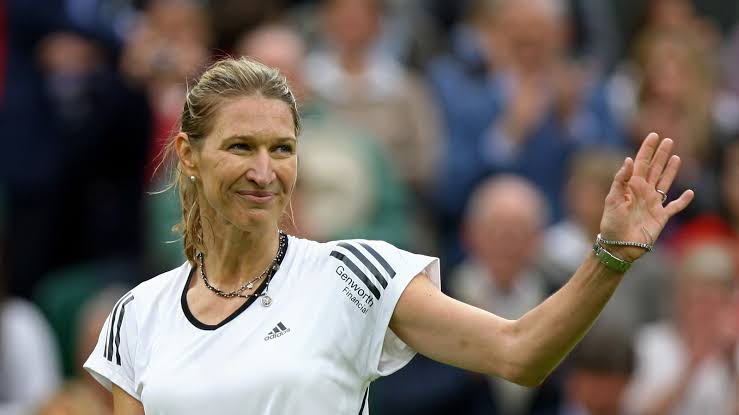
Steffi Graf, one of tennis’s all-time greats, achieved remarkable success during her career, amassing 22 Grand Slam singles titles and completing a Calendar Year Golden Slam in 1988. Despite these accomplishments, there are several reasons why she arguably should have achieved even more.
Firstly, Graf’s career was notably interrupted by injuries. Recurring knee and back issues plagued her, particularly in the latter stages of her career. These injuries often forced her to withdraw from tournaments or compete at less than full strength, undoubtedly limiting her overall tally of titles.
Secondly, Graf’s prime years coincided with a highly competitive era in women’s tennis. She faced formidable rivals like Martina Navratilova, Chris Evert, Monica Seles, and later, a resurgent Arantxa Sánchez Vicario. The intense competition meant that Graf had to consistently be at her best to maintain her position at the top, and while she often succeeded, it also led to some missed opportunities.
Additionally, the tragic stabbing of Monica Seles in 1993 significantly altered the landscape of women’s tennis. Seles was Graf’s main rival at the time, and her absence for over two years left a void. While Graf did capitalize on this period, some argue that the rivalry would have pushed both players to even greater heights, possibly enhancing Graf’s achievements further.
Lastly, Graf’s relatively early retirement at age 30 curtailed her potential to add to her impressive resume. Many athletes in modern tennis have extended their careers well into their 30s, suggesting that Graf, with her extraordinary talent and dedication, could have continued to dominate for several more years.
In summary, while Steffi Graf’s career achievements are extraordinary, the impact of injuries, fierce competition, and a premature retirement suggest that she might have reached even greater heights in a different set of circumstances.
Leave a Reply